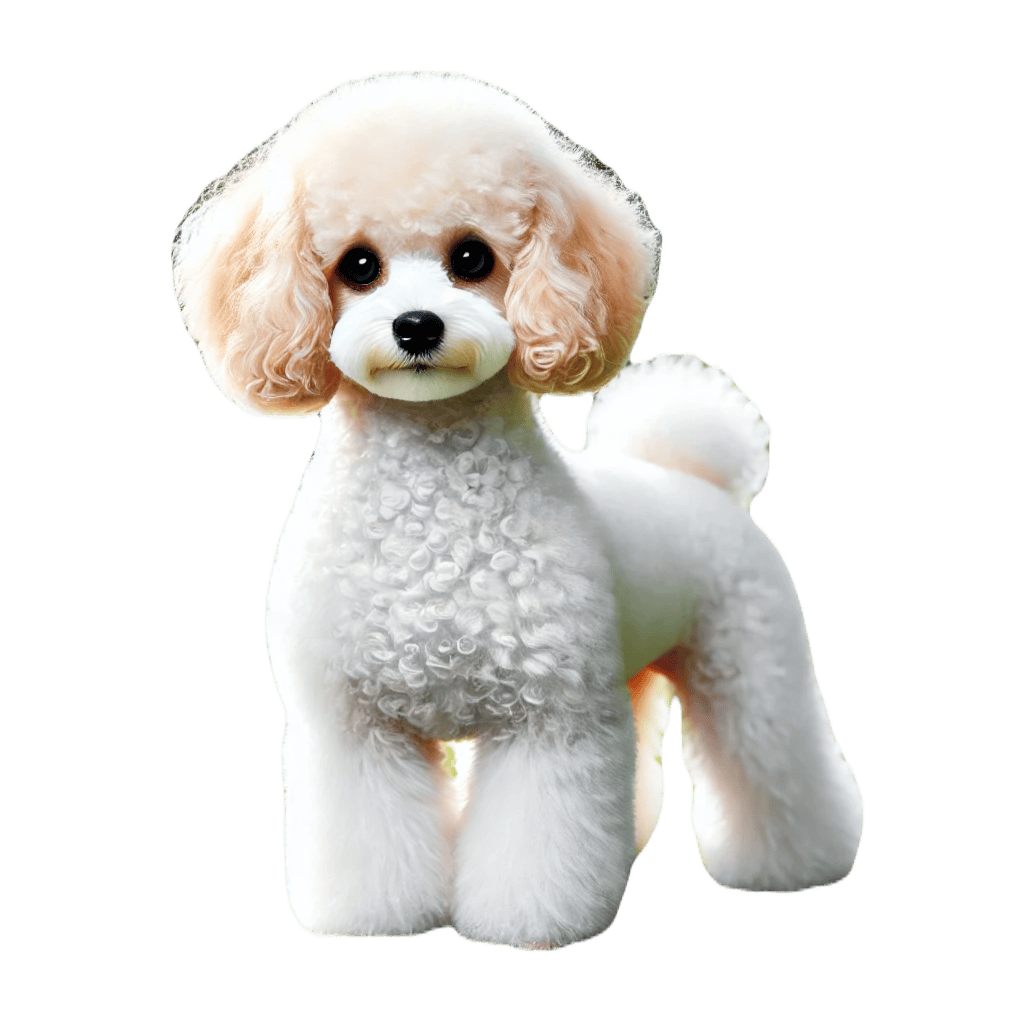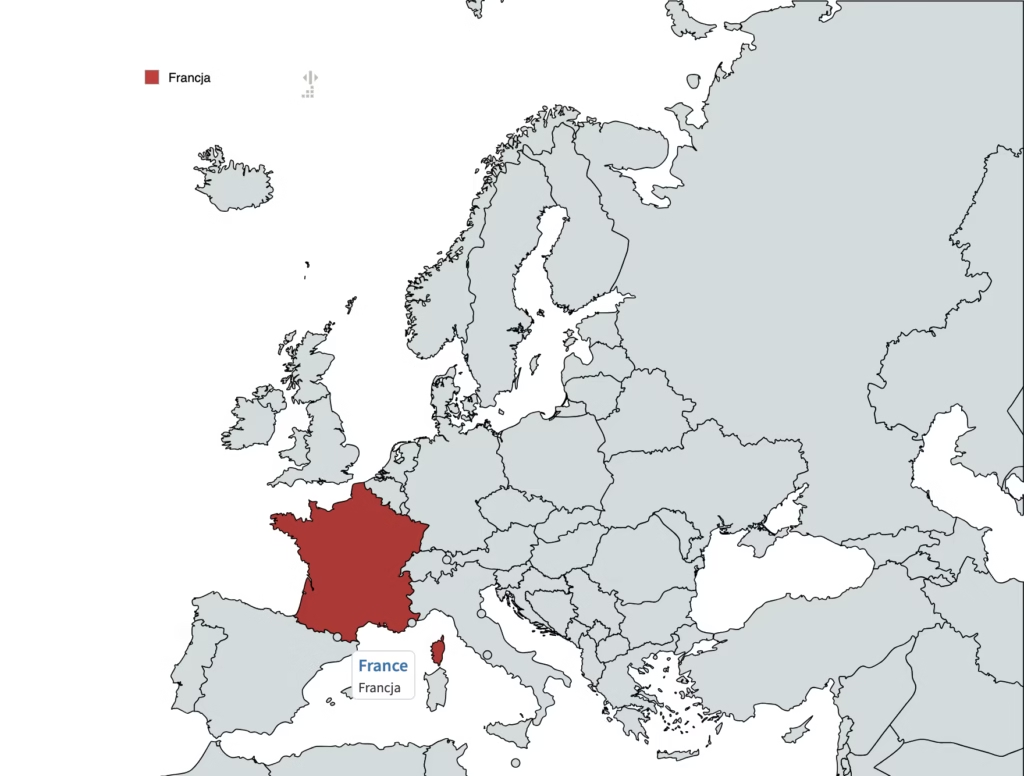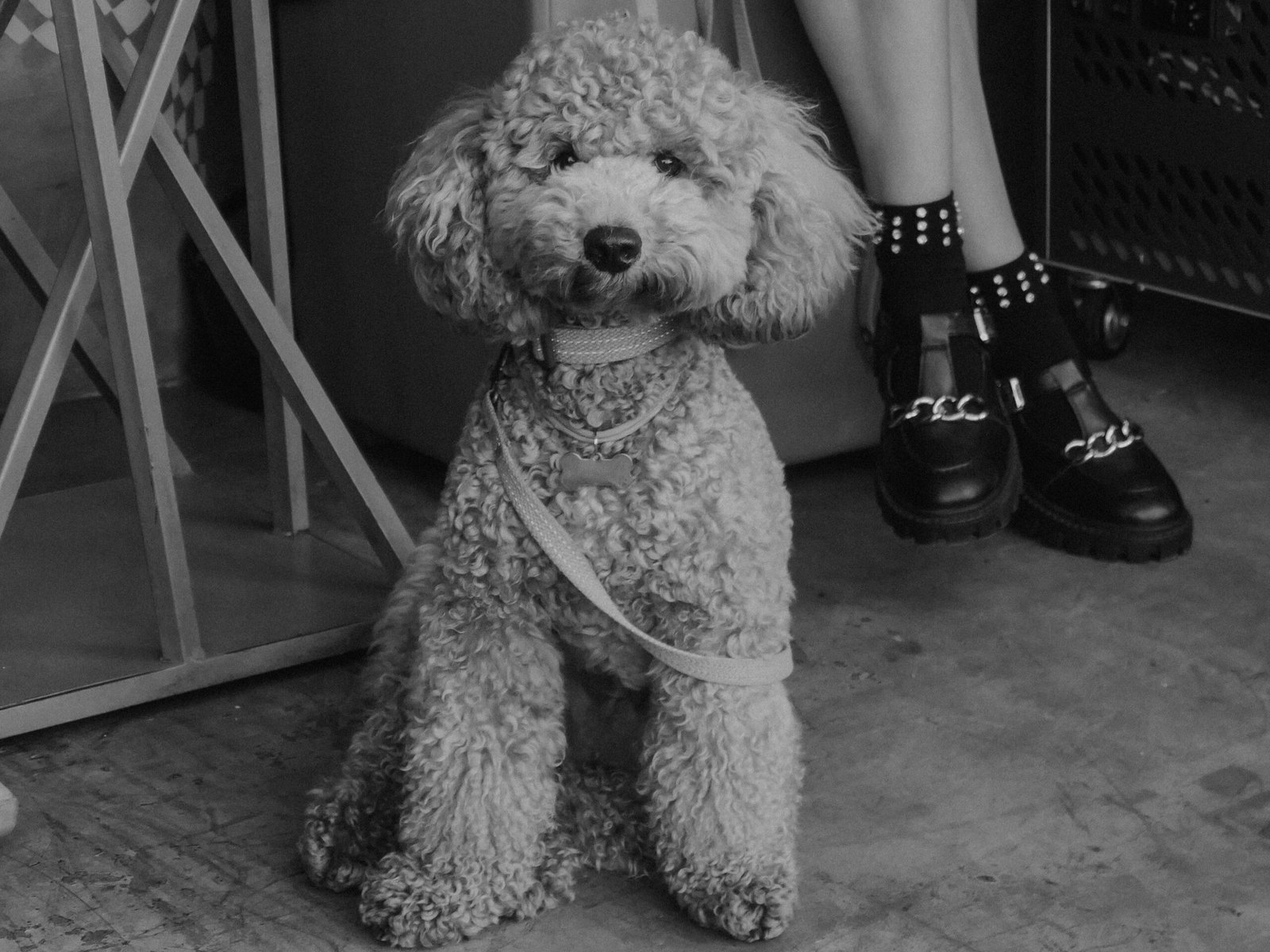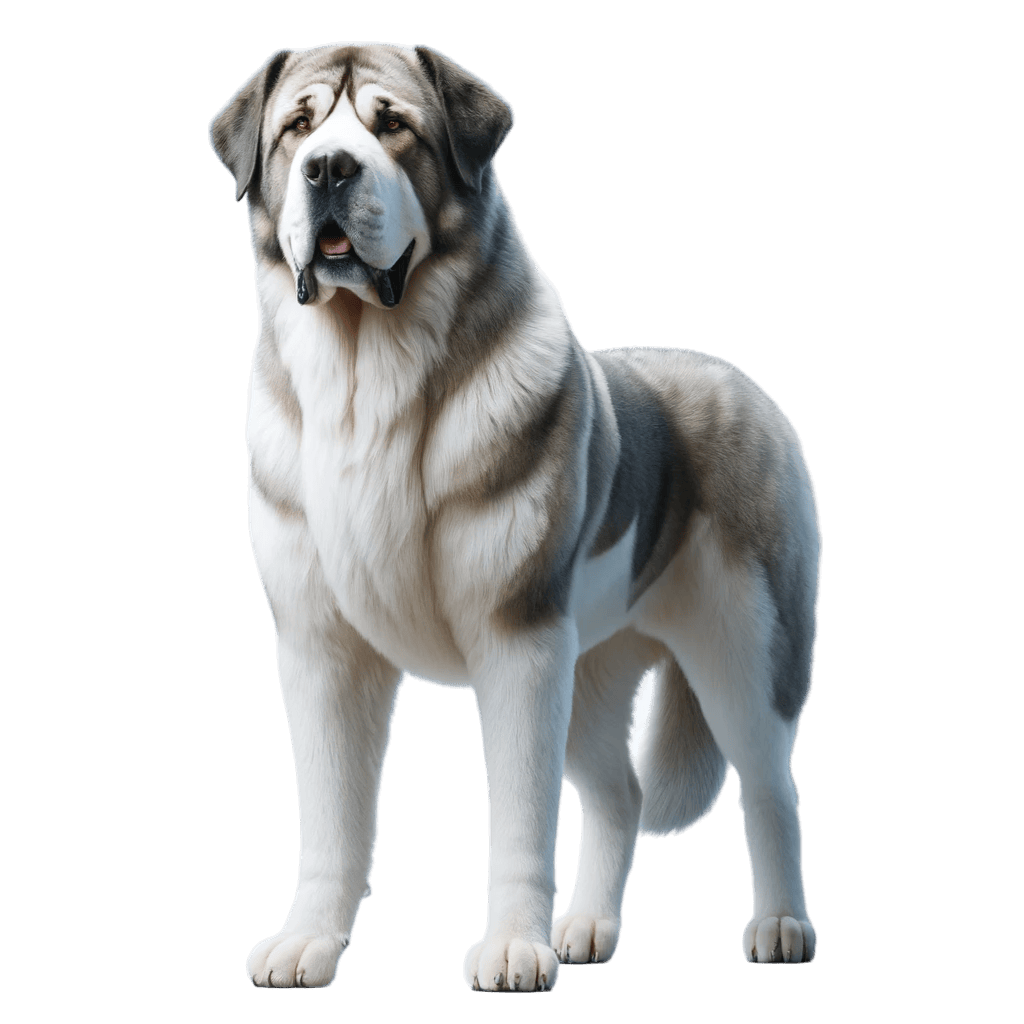MINIATURE POODLE
A brief overview
The Miniature Poodle is a small, elegant dog with a harmonious body structure. He is characterized by intelligence, energy and a friendly disposition, which makes him an excellent companion. Its thick, curly coat does not shed, but requires regular grooming and shearing. Miniature Poodles are easy to train, they learn quickly, and their lively temperament and alertness also make them good watchdogs.

Table of contents
Country of origin
The dog originated in France.

BREED CHARACTERISTICS
Weight
4 – 7 kg.
Height
28 – 35 cm.
Type of hair
Abundant, fine hair with a woolly texture. Uniformly black, white, brown, silver or fawn in color.
Life expectancy
15 – 18 years.
Health
Prone to stomach problems, inflammation of the external auditory canal and heart disease.
Character
Loyal, intelligent and sociable.
Need for exercise
Large, they are active dogs.
FCI classification
Group 9 (companion and toy dogs), section 2 (poodles).
Price
4,000 – 7,000 PLN, up to as much as 10,000 PLN or more (ZKwP).
History and origins
The first mention of poodles dates back to the 15th century, but the breed may have existed earlier. Poodles were used as hunting dogs, especially for hunting waterfowl, thanks to their ability to fetch from the water. The breed is closely related to the barbet, a hunting dog used precisely for hunting waterfowl. The first poodle in Poland appeared at the court of Sigismund the Old in the 16th century and was known as the Bielik.
Appearance and physique
Miniature Poodles are elegant dogs with harmonious bodies, measuring 28 to 35 cm at the withers and usually weighing 4 to 7 kg. They are characterized by a proportional head with a long, straight muzzle, almond-shaped dark eyes and long ears set at eye level. Their body has a short back, a broad chest and well-arched ribs. The coat of the miniature poodle is dense, woolly and curly, coming in uniform colors of black, white, brown, silver or fawn. Poodles also come in toy (24-28 cm), medium (35-45 cm) and large (45-60 cm) varieties.
Temperament and behavior
Miniature Poodles are intelligent, energetic and playful dogs that love to be the center of attention. They are very attached to their family and usually get along well with children and other pets. Poodles are known for being easy to train, thanks to their intelligence and willingness to learn. They are also very alert and loyal, making them good watchdogs

Training and activity
Miniature Poodles need regular exercise, as well as a good dose of mental activity. They enjoy human contact, cooperation and performing tasks. They are great at dog sports such as agility, obedience and tracking. The right amount of activity is the key to a happy dog with no behavioral problems.
Health and life expectancy
Poodles are a relatively healthy breed, but there are sometimes stomach problems in their midst, such as indigestion, inflammation of the external auditory canal, or urinary problems and urolithiasis, to which they are predisposed. They are also prone to mitral valve endocardiosis of the heart. Other most common diseases and conditions in poodles include Legg-Calve-Perthes disease (the risk of occurrence is 12 times higher in poodles than in other breeds!), cataracts, glaucoma, progressive retinal atrophy, tracheal collapse, dislocation of the patella, osteosarcoma of the mammary glands, perineural hernia, diabetes, persistent ductus arteriosus in the heart, von Willebrand disease, epilepsy or degenerative myelopathy.

Care and custody
The plus side of poodles is that they don’t shed, but they still require regular daily grooming of the coat. Without this, it quickly becomes felted. They also need to be bathed regularly, which can be time-consuming, as well as sheared, especially for show dogs. Miniature poodles tend to develop tartar buildup and periodontal disease, so don’t forget to brush their teeth regularly. The eye area also needs special attention. They should be wiped daily with a product designed for this purpose.
Diet and nutrition
Miniature Poodles, in addition to the aforementioned indigestion, tend to gain weight, so it is important to control portions and adjust them appropriately according to the dog’s activity level. Regular 2-3 meals per day may be the best solution.
Maintenance costs
The cost of maintaining a miniature poodle is moderate. The biggest costs may include grooming accessories and/or visits to the groomer.

Buying or adoption
When buying a dog, one should first of all pay attention to whether the breeding dogs in the kennel of choice are examined from orthopedic, cardiological and ophthalmological angles. Good kennels also perform genetic tests for degenerative myelopathy (DM), progressive retinal atrophy (PRA) and von Willebrand disease type I (vWD1). Miniature poodles or dogs of their type can also be found in shelters or foundations. In this case, the health of the dog will also be the most important issue.
Own breeding
Owning your own miniature poodle kennel is quite a challenge, focusing on maintaining the breed’s health, distinctive appearance and wonderful character. Due to the need for research and quite demanding grooming, it can be time-consuming and expensive.
Did you know?
Summary
Through the eyes of a behaviorist
A miniature poodle can be a wonderful companion for an active person fascinated by the world of dog sports or other joint activities. The right dose of these activities, both physical and intellectual, will be the basis for a happy life together.
Through the eyes of a veterinarian
Care of the miniature poodle focuses on daily care of the eyes, teeth and coat, regular preventive examinations and attention to diet. Thus cared for, the poodle will enjoy good health and remain our companion for many years.

